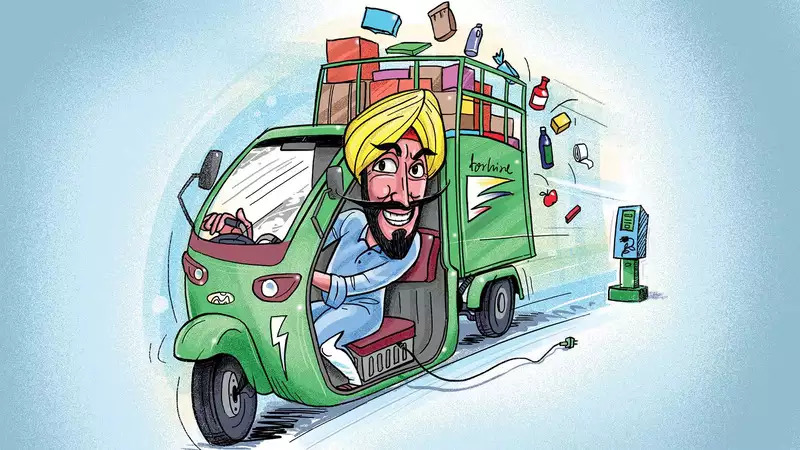What is China going to do with $ 1.2 trillion of foreign exchange reserves? One answer came over the week-end—it will invest $ 3 billion in Blackstone, a US private equity company.
Many see this as a breakthrough in developing-country financial management, to be emulated by countries like India. It could increase the low yield that countries currently get on their forex reserves. Economist Larry Summers has calculated that if developing countries invest a modest proportion of their forex reserves in global equities instead of gilts, their increased return may be 1% of GDP. In India’s case, that would mean an additional Rs 40,000 crore per year.
This approach has risks as well as promise. The world is currently accumulating an excess of savings on an unprecedented scale. A tsunami of savings is flooding the world, lifting asset prices globally. Will countries investing their forex reserves in equities be suckers rushing into speculative bubbles? Or will they be wise diversifiers?
Central banks are not profit-maximisers. Their mandate is to focus on inflation, exchange rates, the financial sector, and business cycles. So, they have traditionally placed reserves in the safest, most liquid instruments (like US gilts), even if that means low yields.
Through the 20th century, most countries struggled to accumulate enough forex reserves to counter balance of payments pressures. Developing countries were categorized as low-savings nations that needed to attract funds from rich countries to meet investment needs. Indeed, traditional development theory saw developing countries as suffering from a savings gap and a trade gap, the two being inter-related.
However, the 21st century has placed that paradigm on its head. For the first time ever, we now see developing countries with enormous surpluses. China is of course the most prominent, with $ 1.2 trillion. But other countries in East and South Asia have reserves totaling almost as much.
Economist Dani Rodrik argues that rapid growth leads to high savings rates. In India, accelerating growth has helped lift the savings rate from 23% a decade ago to 33% today. China’s savings rate is around 50%. A new development is the sudden huge surplus of $ 1 billion per day in oil exporting countries.
So, countries are creating new investment companies that—unlike central banks—have the expertise to divert part of forex reserves into equity, real estate and hedge funds. Singapore, Korea, Qatar and Abu Dhabi are examples. India is going to follow suit.
But is the timing wrong? Equities in both developed and emerging markets have spiraled to dizzy heights. In China, the stock market has quadrupled in two years, with a ridiculously high PE ratio of 50 (it’s close to 18 in India). This is reminiscent of Japan in the late 1980s, when its PE touched 80 before crashing and ushering in a decade of stagnation.
Real estate is another possible investment avenue. But here too asset prices have sky rocketed across the world, and many fear a bubble. It is in this context of saturated asset markets that investors are now turning to speculative vehicles like private equity funds, which have replaced hedge funds as the stars of the financial firmament. Private equity firms pay enormous premiums over the current market price to acquire large companies and take them private, reorganize them, and float their shares again, hopefully at a huge profit.
Private equity funds have been spectacularly profitable in recent years, giving their investors returns of up to 25% per year, even after charging steep entry fees and creaming off around 20 % of profits. The wealthy of the world have queued up to pour money into private equity. Private equity funds have borrowed massively to finance their acquisitions. The financial markets have happily lent them billions upon billions.
Private equity funds are now so financially powerful that they can contemplate taking over any company in the world. In the 20th century, big multinationals such as General Motors or Exxon were considered much too big for anybody to dream of taking over. But today, private equity funds believe they can line up $ 50 billion, maybe even $ 100 billion for takeovers. And so the US market is beginning to talk of the possibility of private equity funds taking over behemoths such as General Motors. One fund, Cerberus Capital, has just bought Chrysler, the third of the big Three in the US auto industry.
Bubble or bargain? Nobody really knows. Certainly there is risk aplenty. A glut of global savings has produced a huge pool of low-interest money seeking outlets. Borrowing this cheap money to finance real assets looks very profitable today, but is it sustainable? Past history is not encouraging.
Let me stick my neck out and say that high savings are here to stay, which means that past history is not the best guide to the future. I believe that globalization and technological change have facilitated a jump in world productivity that can be sustained for a long period. This means exceptionally high growth for the world economy, leading to exceptionally high savings. We live in a brave new world where the only country with a huge trade deficit can finance it by printing its domestic currency. That is a structural change of enormous magnitude that underpins the savings surplus in fast-growing developing countries.
The business cycle has not been abolished, so doubtless the global economy will swing down as well as up. Yet I would bet on a higher average rate of global savings through the cycle. In which case, borrowing to buy real assets is a sustainable long-term strategy. Indian companies are certainly betting on this. Tata’s takeover of Corus is a case of borrowing cheaply to acquire real assets even at a high price.
Caveat: companies and countries alike will have to temper optimism with prudence. When the next global downswing comes, highly-leveraged players—notably private equity funds—will be the biggest sufferers. The game is to reap the advantages of cheap borrowing without becoming over-dependent on it.




